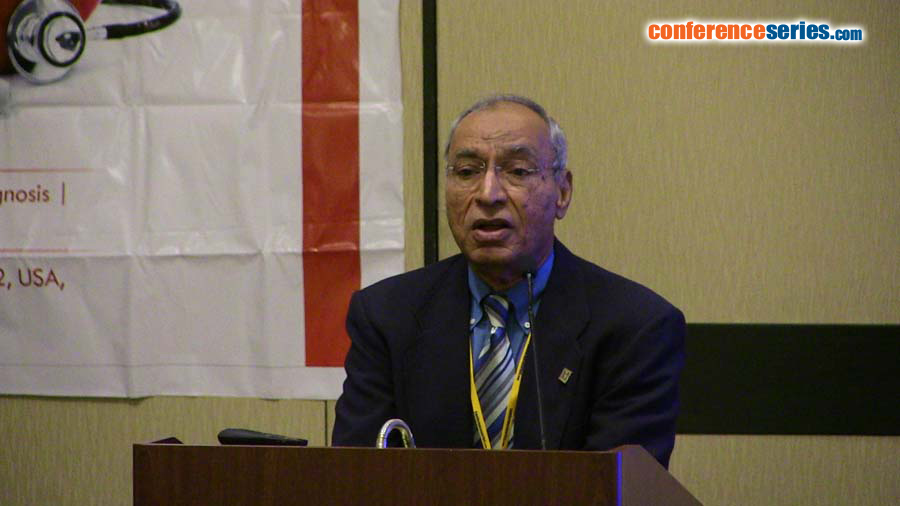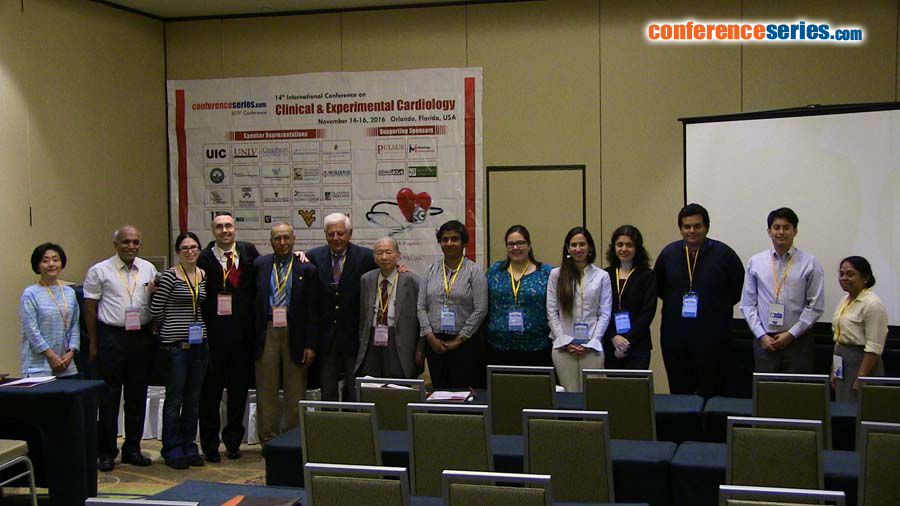
S Jamal Mustafa
West Virginia University, USA
Title: Involvement of NADPH oxidase in coronary flow regulation by adenosine receptors
Biography
Biography: S Jamal Mustafa
Abstract
Adenosine increases coronary flow (CF) through the activation of A2A and A2B adenosine receptors (ARs). However, these mechanisms are not fully understood. We previously showed that adenosine-induced increase in CF is in part through NADPH oxidase (Nox), which is independent of A1 or A3 ARs. In this study, we hypothesize that adenosine-mediated increase in CF is through Nox activation and depends on A2A but not on A2B ARs. Functional studies were conducted using Langendorff mouse hearts. Hydrogen peroxide (H2O2) production was measured in isolated coronary arteries from WT, A2A and A2B AR KO mice using immunofluorescence. Adenosine-induced concentration-dependent increase in CF was attenuated by the specific Nox2 inhibitor gp91 ds-tat or reactive oxygen species (ROS) scavenger EUK134 in both WT and A2B but not A2A AR KO hearts. Similarly, the A2A AR selective agonist CGS-21680-induced increase in CF was significantly blunted by Nox2 inhibition in both WT and A2B AR KO, while the A2B AR selective agonist BAY 60-6583-induced increase in CF was not affected by Nox2 inhibition in WT. In intact isolated coronary arteries, adenosine-induced (10 μM) increase in H2O2 formation in both WT and A2B AR KO mice was attenuated by Nox2 inhibition, whereas adenosine failed to increase H2O2 production in A2A AR KO mice. In conclusion, adenosine-induced increase in CF is partially mediated by Nox2-derived H2O2, which critically depends upon the presence of A2A AR. These studies may lead to better understanding of the role of ARs in coronary disease and may lead to better therapeutic approaches.




